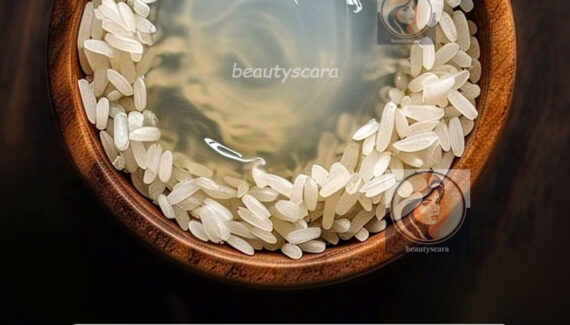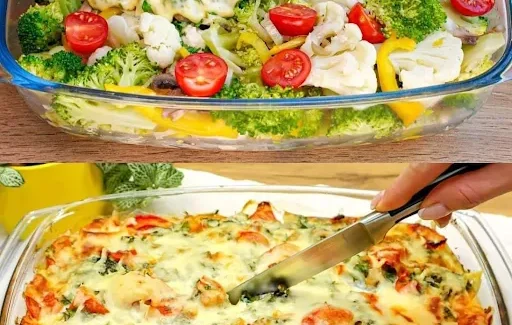
Food and medication interactions are an essential yet often neglected aspect of health management. Recognizing these interactions can prevent serious health risks, such as diminished drug effectiveness or harmful side effects. Staying informed about these potential issues is vital for ensuring your treatment’s success and safeguarding your overall well-being.
Your dietary choices, even when aimed at promoting health, can unintentionally interfere with your medications. By understanding these interactions, you can make proactive decisions to avoid complications. Below is a guide to some of the most common food-drug interactions to help you maintain optimal health:
1. Grapefruit and Statins
Grapefruit and its juice can increase the absorption of statins (cholesterol-lowering drugs) in your bloodstream. This may lead to severe muscle damage and liver problems.
2. Leafy Greens and Blood Thinners
Leafy greens, rich in vitamin K (e.g., spinach and kale), can counteract the effects of blood thinners like warfarin, reducing their ability to prevent blood clots.
3. Dairy Products and Antibiotics
Calcium in dairy products can bind with antibiotics such as tetracycline and ciprofloxacin, decreasing their effectiveness. Avoid consuming dairy near your medication times.
4. Bananas and ACE Inhibitors
ACE inhibitors, used to manage high blood pressure, increase potassium levels. Pairing them with potassium-rich foods like bananas can cause hyperkalemia, a dangerous condition of elevated potassium levels.
5. Alcohol and Pain Relievers
Combining alcohol with pain relievers like acetaminophen or NSAIDs can heighten their side effects, leading to liver damage or gastrointestinal bleeding.
6. Chocolate and MAO Inhibitors
MAO inhibitors, prescribed for depression, can dangerously interact with tyramine in chocolate, potentially triggering a hypertensive crisis (extremely high blood pressure).










